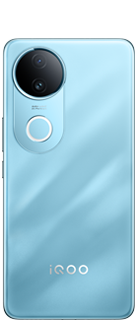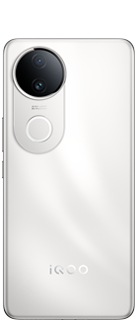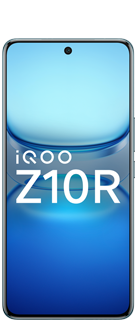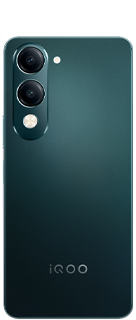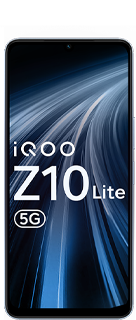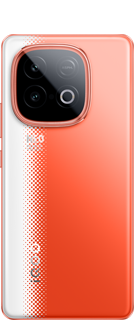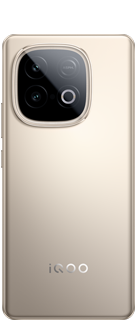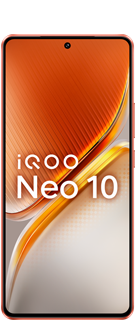▶️ Let's talk about TSR (Touch Sampling Rate)👍
Have you ever wondered why some smartphones have a smoother and more responsive touch screen compared to others? One of the factors that affect this is the touch sampling rate (TSR). In this thread, we will discuss what touch sampling rate is, how it works, and its importance in smartphones.

What is Touch Sampling Rate?
Touch sampling rate (TSR) refers to the number of times a smartphone's touch screen detects and records the position of your finger or stylus per second. It is measured in Hertz (Hz), which represents the number of times per second the screen refreshes. For example, a touch sampling rate of 120Hz means that the screen detects and records the position of your finger 120 times per second.
In other words,we can say
Touch-sampling rate refers to how often a display is able to register a touch as an input. If a display has a 720Hz touch-sampling rate, then it means the panel is able to be responsive to your touch 720 times per second.
How does Touch Sampling Rate work?
When you touch your smartphone's screen, an electrical signal is sent to the touch controller, which then determines the coordinates of your touch. The touch controller then sends these coordinates to the processor, which processes the input and executes the corresponding action.
In smartphones with a higher touch sampling rate, the touch controller detects and records the position of your finger more frequently, resulting in a smoother and more responsive touch screen. This is because the processor receives more data per second, allowing it to execute actions more quickly.
Why is Touch Sampling Rate important?
A higher touch sampling rate is essential for a smoother and more responsive touch screen. This is particularly important for gamers and those who use their smartphones for tasks that require precise and quick inputs. A higher touch sampling rate also reduces input lag, which is the delay between your input and the corresponding action on the screen.

To sum it up, touch sampling rate is an important factor to consider when choosing a smartphone. A higher touch sampling rate results in a smoother and more responsive touch screen, which is essential for tasks that require precise and quick inputs.
Hope friends, you like this thread. See you very soon in my next thread till then #STAYSAFE and #STAYAWESOME 🤗.
Signing off
TechSAM009
#Moderator
Please sign in
Login and share
